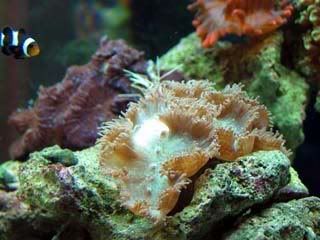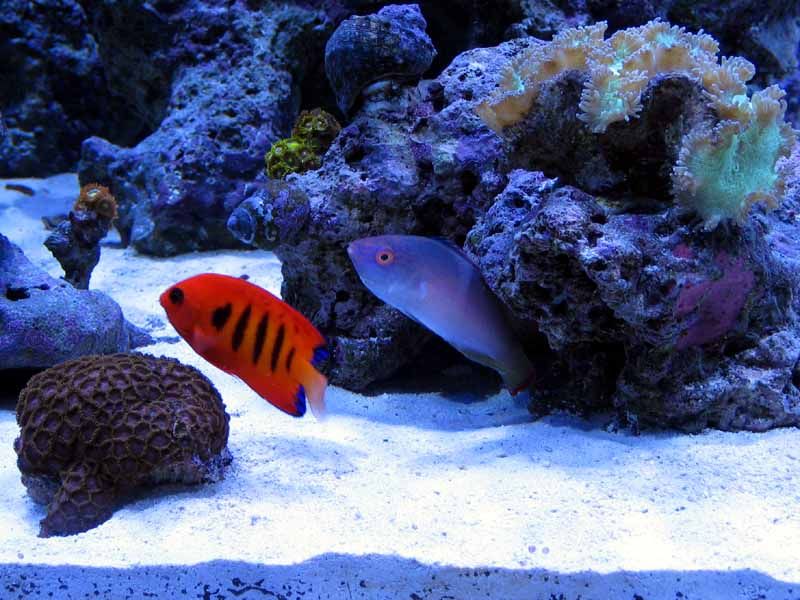lcstorc
Well-Known Member
Sorry to see you go.
We do have some spirited debates on RS but that is all they are spirited debates and should not be taken as insults.
We are all here for the same reason. We love the animals of the sea and want to learn how to best care for them.
Your theory is interresting and I would love to hear more as you continue to keep these beautiful animals.
We may never know what has been harming them, but it does seem as if stronger light is not good for them. Whether it is the cause of all the problems is a question, but regardless people have something to try if their coral looks unhappy.
Since there would be no way to treat for the possible disease, moving them to lower the light would certainly be worth a try IMO if the coral is displaying signs of damage.
We do have some spirited debates on RS but that is all they are spirited debates and should not be taken as insults.
We are all here for the same reason. We love the animals of the sea and want to learn how to best care for them.
Your theory is interresting and I would love to hear more as you continue to keep these beautiful animals.
We may never know what has been harming them, but it does seem as if stronger light is not good for them. Whether it is the cause of all the problems is a question, but regardless people have something to try if their coral looks unhappy.
Since there would be no way to treat for the possible disease, moving them to lower the light would certainly be worth a try IMO if the coral is displaying signs of damage.




